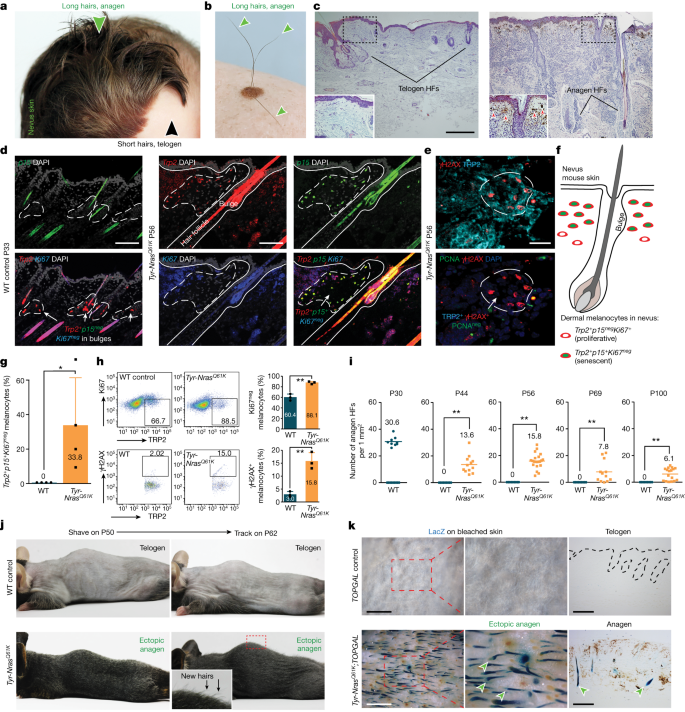2023-06-21 ジョージア大学 (UGA)
◆研究者たちは、約400羽のモンシロチョウの羽を分析し、成功した移動モンシロチョウにはより多くの白い斑点がありました。これにより、モンシロチョウは太陽エネルギーを利用して飛行効率を向上させることが示唆されました。しかし、気温の上昇が彼らの移動を妨げる可能性もあります。モンシロチョウの夏の個体数は安定しており、彼らの目的地に到達するための成功要因についての理解を深めると共に、彼らが適応する必要があることが明らかになりました。
<関連情報>
- https://news.uga.edu/monarch-spots-aid-migration/
- https://journals.plos.org/plosone/article?id=10.1371/journal.pone.0286921
オオカバマダラの斑点はどのようにしてできたのか:長距離移動により、オオカバマダラの翅の白い斑点が大きくなる。 How the monarch got its spots: Long-distance migration selects for larger white spots on monarch butterfly wings
Andrew K. Davis ,Brenden Herkenhoff,Christina Vu,Paola A. Barriga,Mostafa Hassanalian
PLOS ONE Published: June 21, 2023
DOI:https://doi.org/10.1371/journal.pone.0286921
Abstract
Elucidating the adaptations that promote flight in animals can aid the understanding of evolution and species divergence, and/or provide inspiration for aerospace engineering and the design of better aerial vehicles. The famed long-distance migration of monarch butterflies in North America still holds many questions and opportunities for inspiration. For example, there is little research on whether the monarch’s primary wing colors themselves (black, orange, or white) have any aerodynamic or migration function. Dark colors on wings of other animals have recently been shown to aid flight by enhancing solar absorption, which reduces drag forces. However, too much black surface could be problematic for monarchs, which are exposed to increasing amounts of solar energy along their flightpath. This paper describes the results of two related investigations that attempt to elucidate the importance of wing color to the monarch migration. By measuring the color proportions of nearly 400 monarch wings collected at different stages of their journey, we found, surprisingly, that successful migrants tended to have less black on their wings (about 3% less), but also more white pigment (about 3% more); monarchs have a band of light-colored marginal wing spots. Second, image analysis of museum specimens revealed migratory monarchs had significantly larger white spots, proportional to the wing area, than most non-migratory, New World Danaid butterflies, which argues spot size has evolved along with migratory behavior. Combined, these findings strongly suggest that the long-distance migration itself selects for larger white spots every fall, so that only those individuals with large spots will survive to pass on their genes. Further experimental work is needed to elucidate how the spots aid the migration, but it is possible that they enhance aerodynamic efficiency; other work by the authors demonstrates how alternating white and black pigment on wings can reduce drag. These results will serve as a useful starting point for such endeavors, which should improve understanding of one of the world’s most fascinating animal migrations, and also provide practical knowledge for the field of aerospace engineering.


